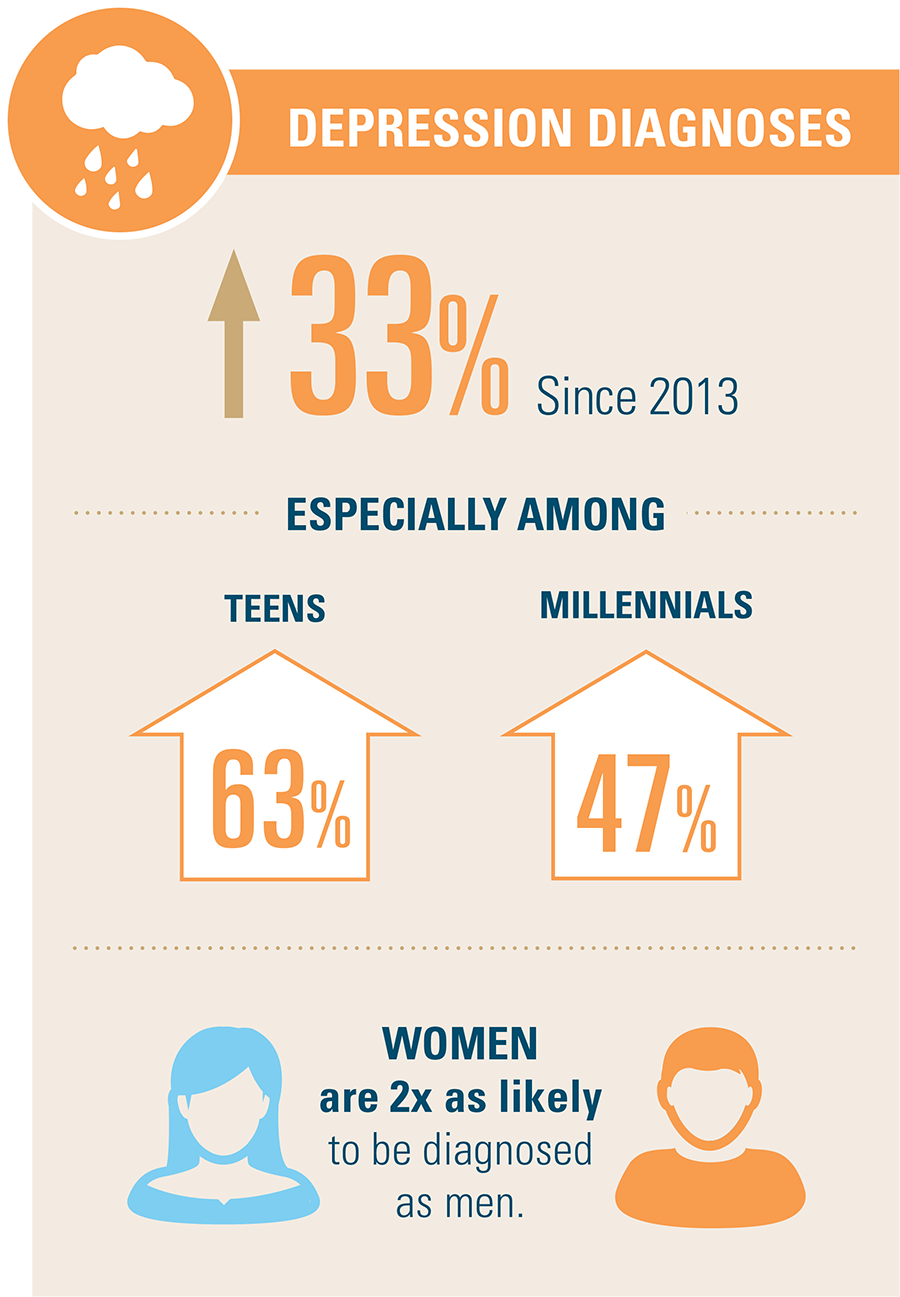Types Of Hernias That Require Surgical Intervention

Material Author-Mahler Wallace
* Inguinal hernia: A protrusion of cells via a damaged area in the stomach wall, frequently on one side of the groin.
* Hiatal hernia: A protrusion of the tummy through the diaphragm and into the upper body cavity.
* Umbilical rupture: A lump near the tummy button that happens when a damaged location in the stomach wall allows fat or various other tissue to push via.
* Ventral hernia: A bulge that happens when a weakened location in the abdominal wall surface permits fat or various other cells to press through, frequently near a previous surgical incision.
* Incisional hernia: A bulge that occurs when a weakened area in the stomach wall surface enables fat or various other cells to push through, often near a previous surgical laceration.
It is essential to note that not all ruptures need surgery, however these types do. If https://www.globenewswire.com/en/news-release/2020/08/26/2083848/28124/en/Global-Hernia-Repair-Devices-Market-Outlook-2027.html believe you have a hernia, it is necessary to speak with a healthcare professional for appropriate diagnosis and therapy.
So, you've been experiencing some discomfort recently, and after a comprehensive exam, your doctor has identified that you have a rupture. Currently, before you begin panicking, it is essential to understand that not all hernias call for medical treatment.
However, there are certain types that do, and that's what we're right here to go over. From inguinal ruptures to umbilical hernias and also hiatal hernias, each one presents its very own distinct difficulties and factors to consider.
However let's not be successful of ourselves right now. We'll dive into the specifics soon enough.
Inguinal Hernias
If you're experiencing pain and discomfort in your groin location, you might have an inguinal hernia that requires medical intervention. An inguinal rupture takes place when a part of the intestinal tract or cellulite presses through a vulnerable point in the inguinal canal, which is located in the lower abdomen.
This kind of rupture is much more usual in guys than women and can be triggered by variables such as hefty lifting, stressing during bowel movements, or chronic coughing. Signs and symptoms of an inguinal hernia consist of a lump in the groin location, pain or discomfort when coughing or lifting, and a feeling of stress or weak point in the groin.
If left untreated, an inguinal rupture can result in difficulties such as bowel blockage or strangulation, which is why medical intervention is essential to fix the rupture and prevent additional issues.
Umbilical Ruptures
Do you know what an umbilical rupture is and just how it can be treated surgically?
An umbilical hernia takes place when a part of the intestine or abdominal tissue protrudes via a weak point in the stomach wall near the belly button.
If you have an umbilical rupture that requires medical treatment, right here are 3 treatment options to think about:
- Rupture fixing surgical procedure: This is the most usual therapy for umbilical hernias. Throughout the treatment, the specialist will certainly make a cut near the hernia and press the extending tissue back into place. They'll then reinforce the abdominal wall utilizing stitches or a mesh spot.
- Laparoscopic surgical treatment: In many cases, a minimally invasive strategy called laparoscopic surgery may be used. This strategy entails making small lacerations and using a camera and specialized tools to repair the rupture.
- Open up surgical procedure: In even more complicated situations, open surgical treatment may be necessary. This involves making a bigger cut to access and fix the hernia.
Hiatal Hernias
A hiatal rupture takes place when part of the stomach protrudes via the diaphragm right into the upper body dental caries. This type of hernia is fairly common and typically calls for surgical intervention.
Hiatal ruptures can be categorized right into two main types: sliding and paraesophageal hernias. Sliding ruptures are one of the most typical and occur when the lower part of the esophagus and the top of the belly slide up right into the chest through the hiatus, a little opening in the diaphragm.
On https://www.google.com/maps/place/The+Iskandar+Complex+Hernia+Center/data=!4m2!3m1!1s0x0:0x43fd78fd9addd0a?sa=X&ved=1t:2428&ictx=111 , paraesophageal ruptures are much less common however more serious. In this type, a part of the tummy pushes through the respite along with the esophagus, triggering prospective problems like stomach volvulus or strangulation.
Surgical repair service is typically essential to treat hiatal ruptures and relieve symptoms such as heartburn, chest discomfort, and trouble ingesting.
Verdict
So there you have it, the various sorts of hernias that call for surgical treatment.
One example of a rupture case that required surgical procedure is John, a 45-year-old man who experienced an inguinal rupture. Regardless of his preliminary discomfort and concern, John went with medical treatment.
The procedure was successful, and he experienced a full healing, allowing him to go back to his regular activities without any more issues.
Bear in mind, it is essential to seek advice from a health care specialist if you think you might have a hernia that requires surgical therapy.

